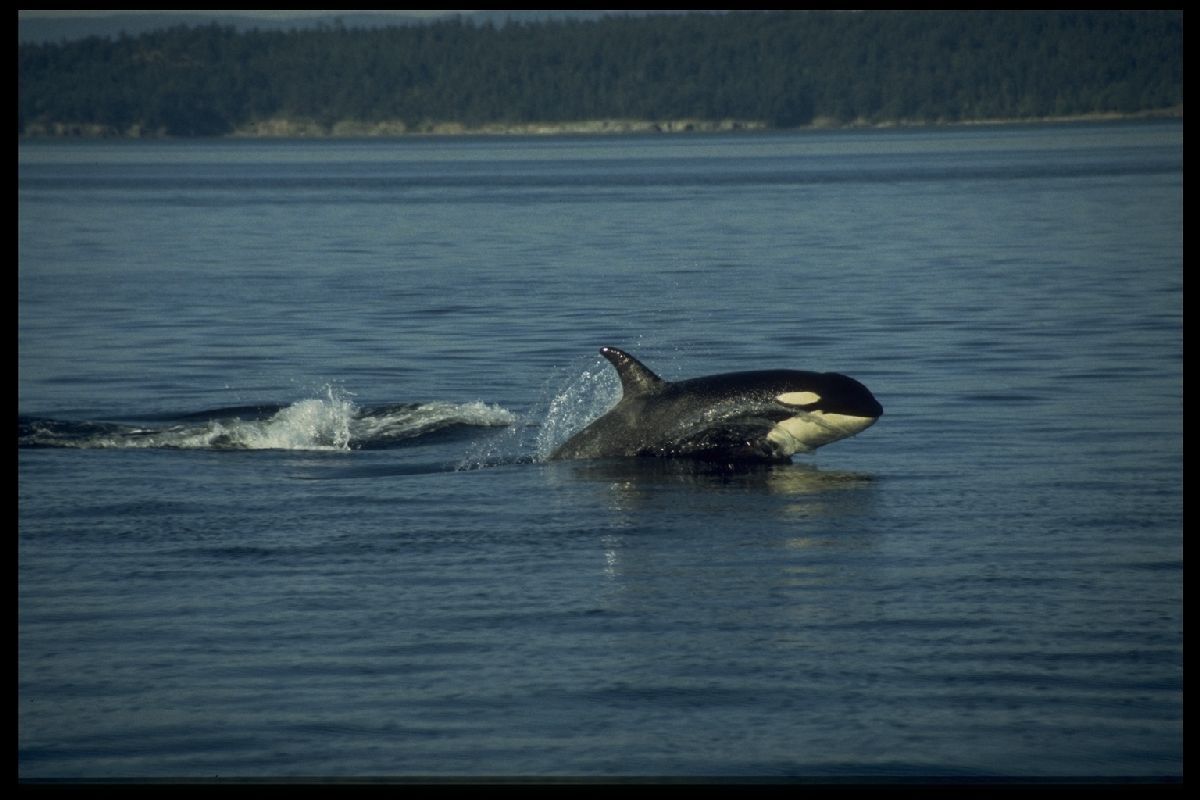
Over 16,540,955 people are on fubar.
What are you waiting for?

Orcas are very social animals. They live in small nuclear and extended families that we call
pods, clans and communities. At the social heart is the orca mother. She and her children
(the maternal group), even her adult sons, stay together throughout life. If a mother is
alive and she has no surviving sons, she too may be found swimming with her daughter and
grandchildren. Adult daughters who have their own offspring may separate from their mother
to some extent in order to take care of their children's needs, but will usually be found
travelling nearby.Female orcas may start reproducing as early as 11 years of age, but the average is closer to
13. Young maturing orca females may become "babysitters" in preparation for the later
responsibility of mothering. Although babysitting (alloparenting) occurs between other
individuals of the maternal group - e.g. male members or grannies also babysit - it may be a
first indicator that a young female will soon have her own offspring. In her lifetime, a
female may expect to have 4 to 6 offspring and will stop reproducing after about forty years
of age, although there are exceptions to this ( A23 had a new calf in 1992 when she was
estimated at 45 years old ). The gestation period is about 17 months and we believe that
births often occur in the Fall or Spring.
On average males begin to mature around 12 - 14 years. This period is marked by rapid growth
in the dorsal fin, which up to this point has resembled a female fin.As the dorsal fin grows
it begins to straighten out and lose its earlier curve. This growth is called "sprouting".
Young males of this age are also often seen in the company of older males. When growth of
the dorsal fin and body stabilize around twenty years of age, this individual is now
considered socially mature and his sexual advances may be taken more seriously by female
orcas.


Beyond the central maternal groups, the pods are extended families of closely related
mothers that are daughters, sisters or cousins, and their children. A pod can be defined as
those orcas that are usually seen travelling together. For Resident orcas of the Pacific
Northwest a pod may number from around 5 to 50 individuals. Pod continuity extends across
generations. As individual lives are long and changes to pod composition are slow,
development of new pods can take a long time, possibly many generations. Because resident
orcas are such social animals, it is not unusual to see large numbers of maternal groups and
pods come together and share the same area.


